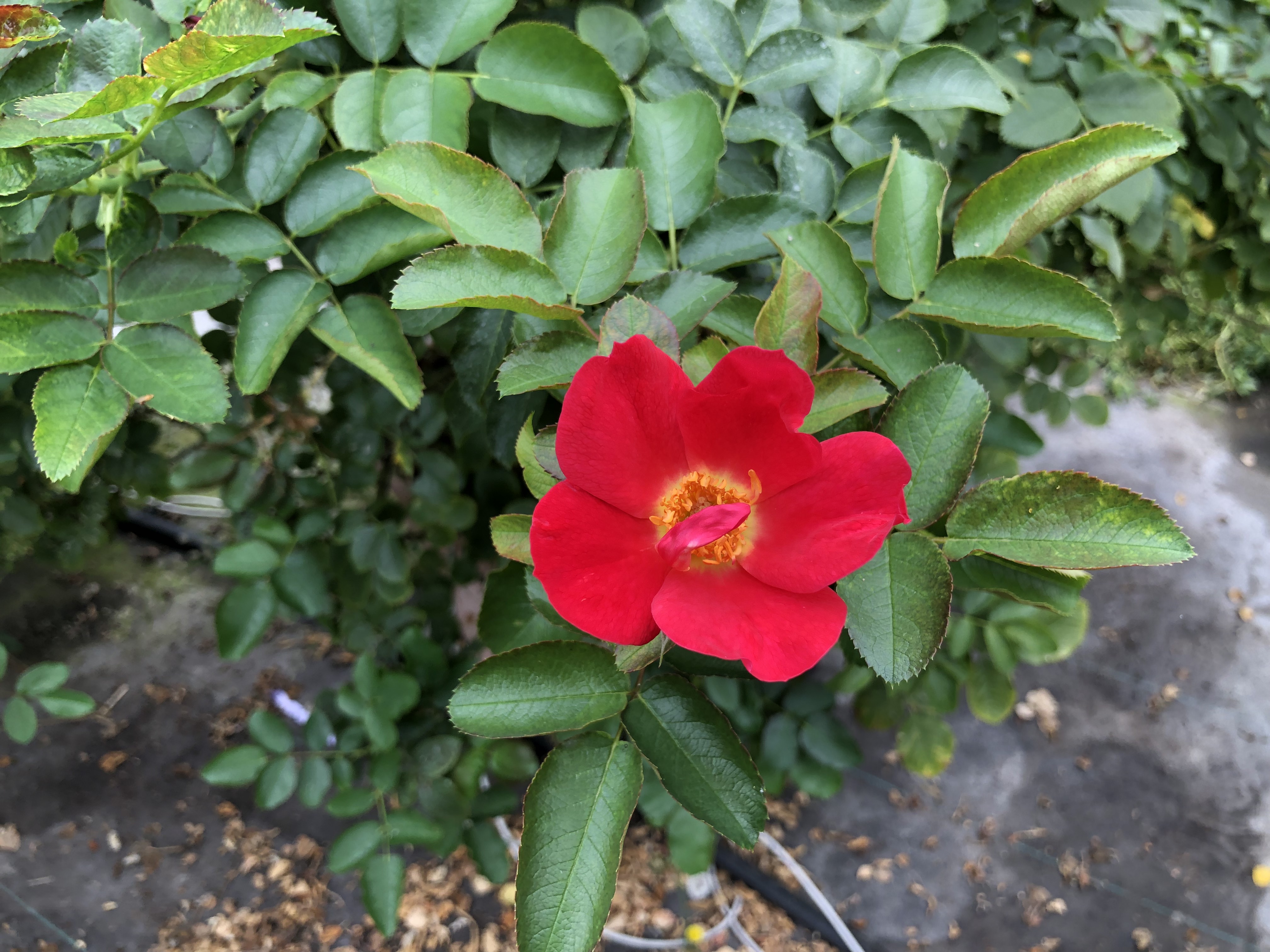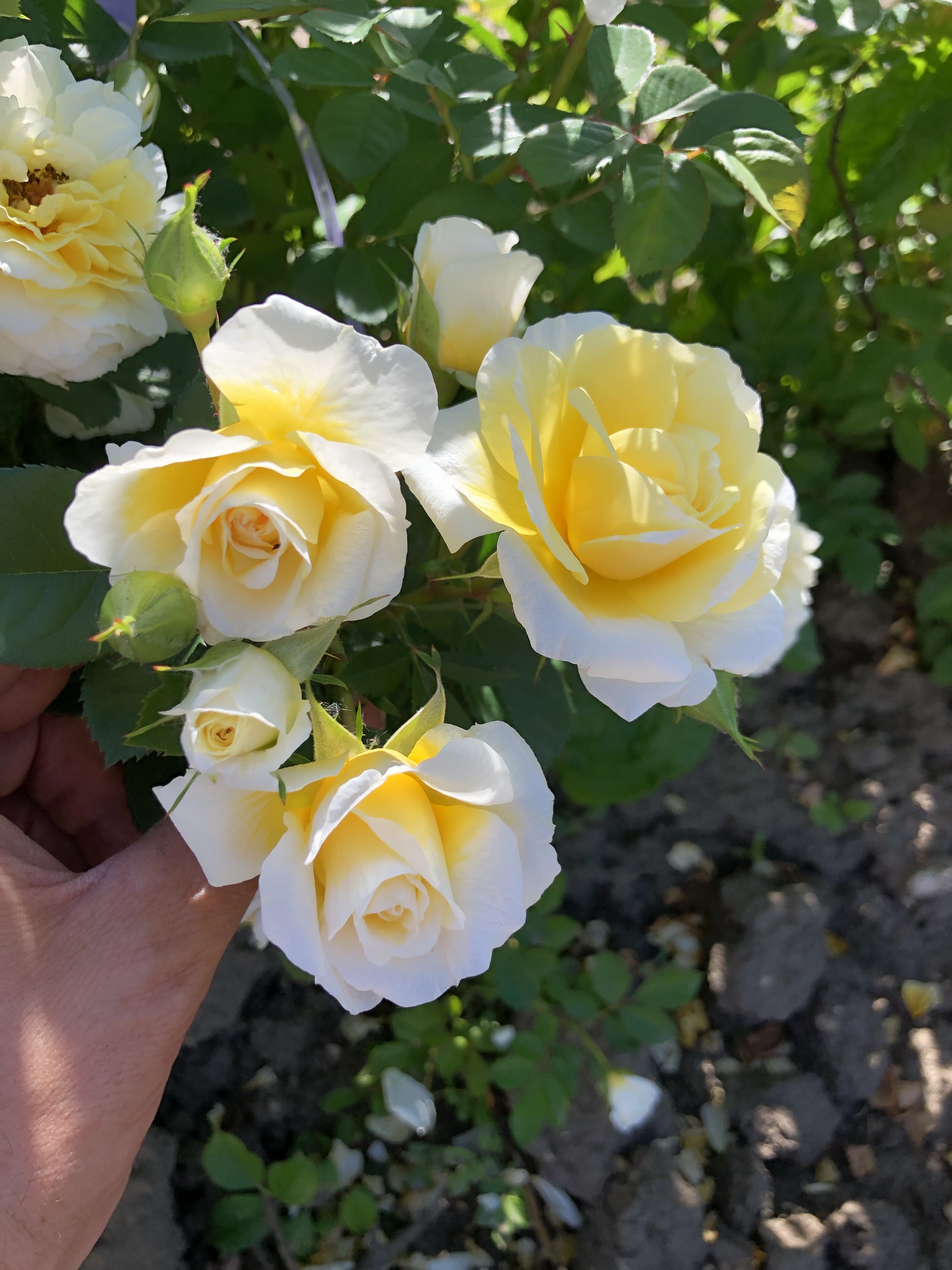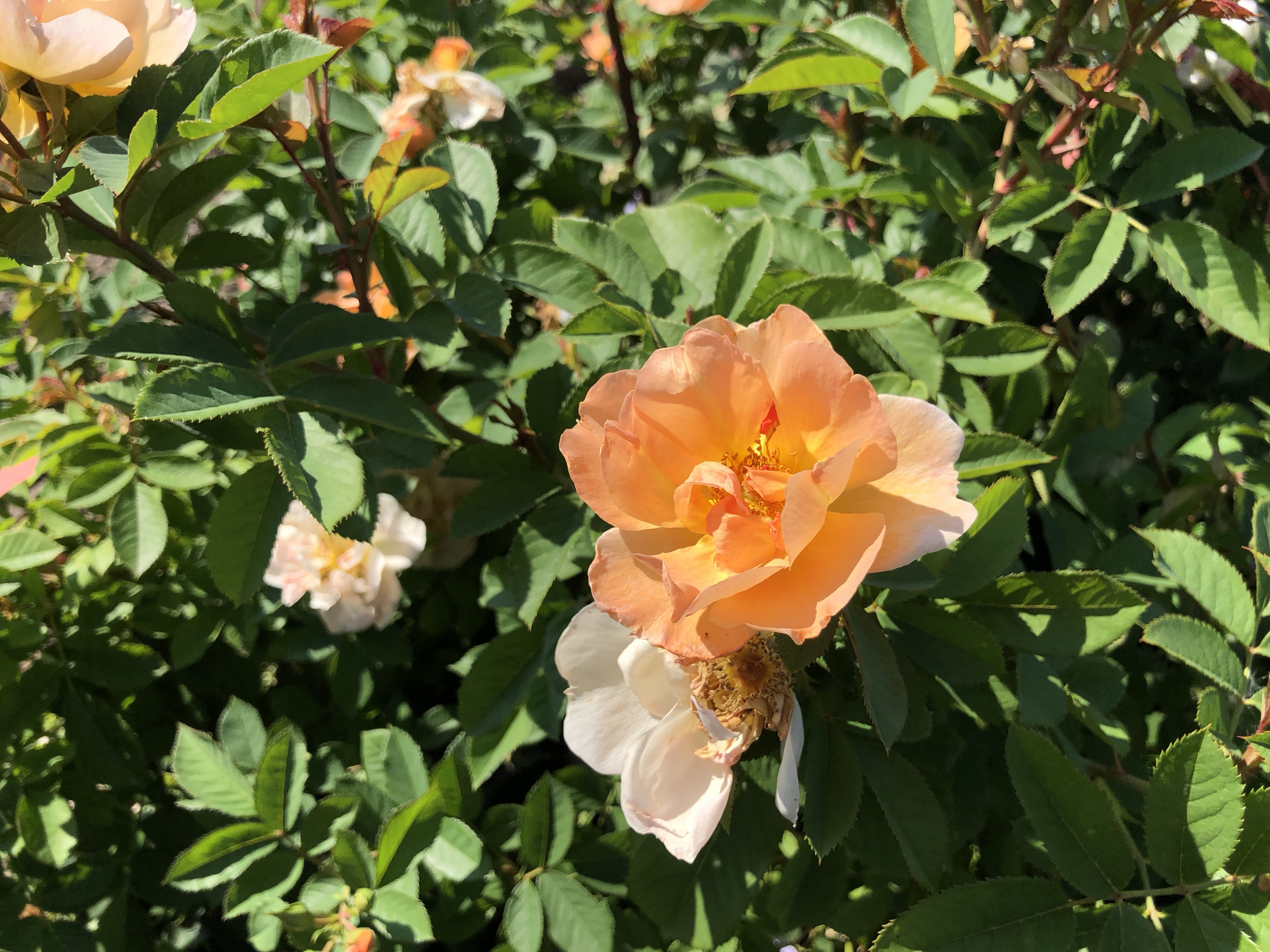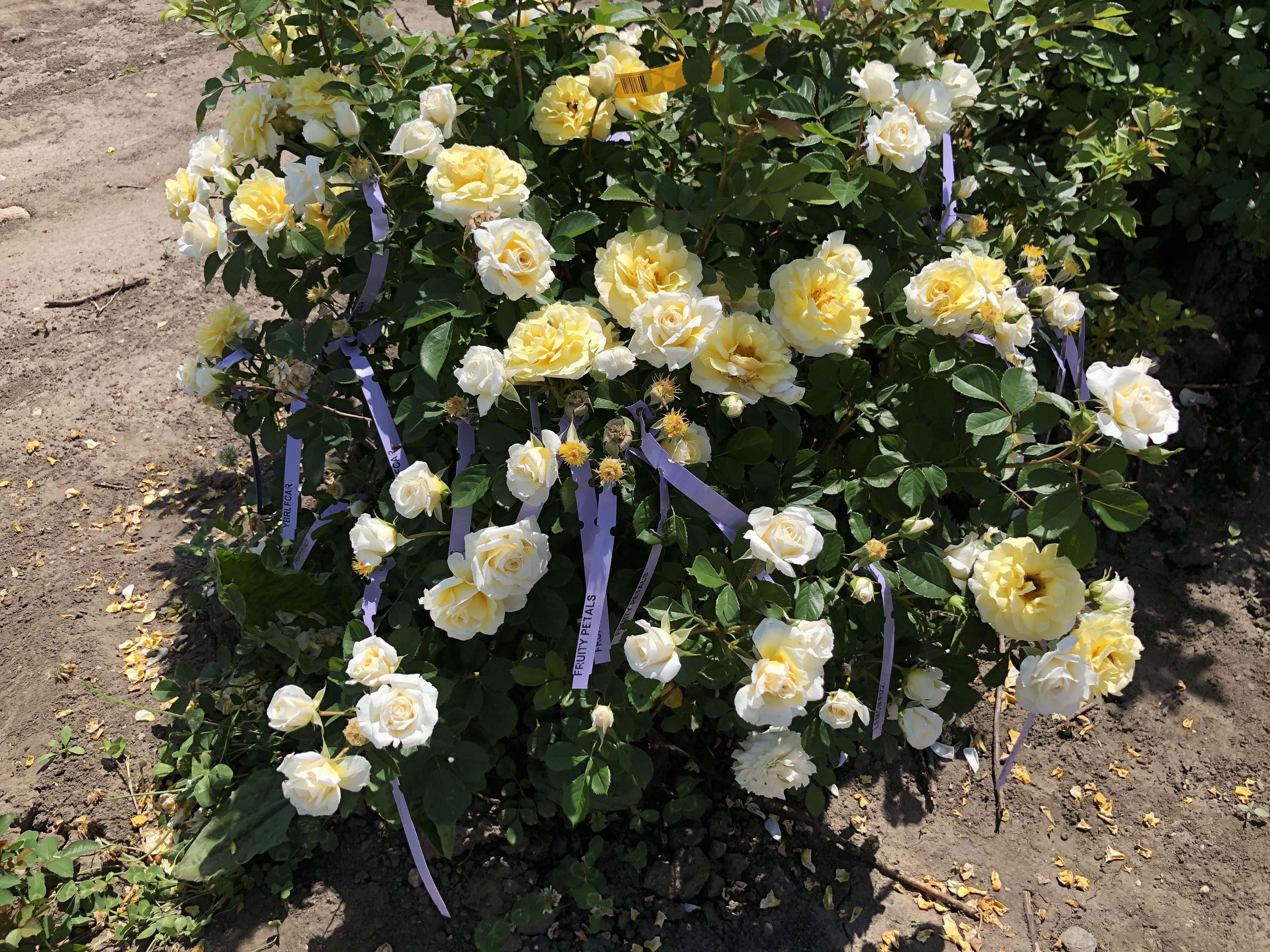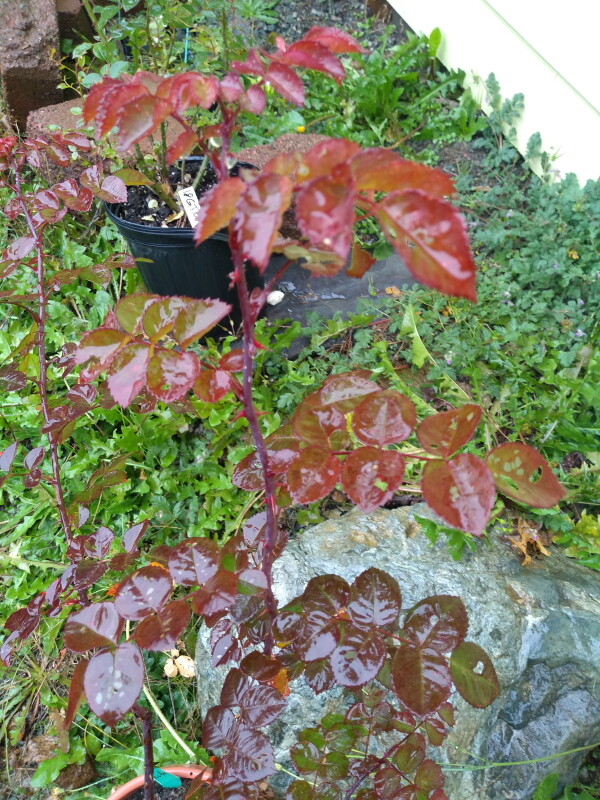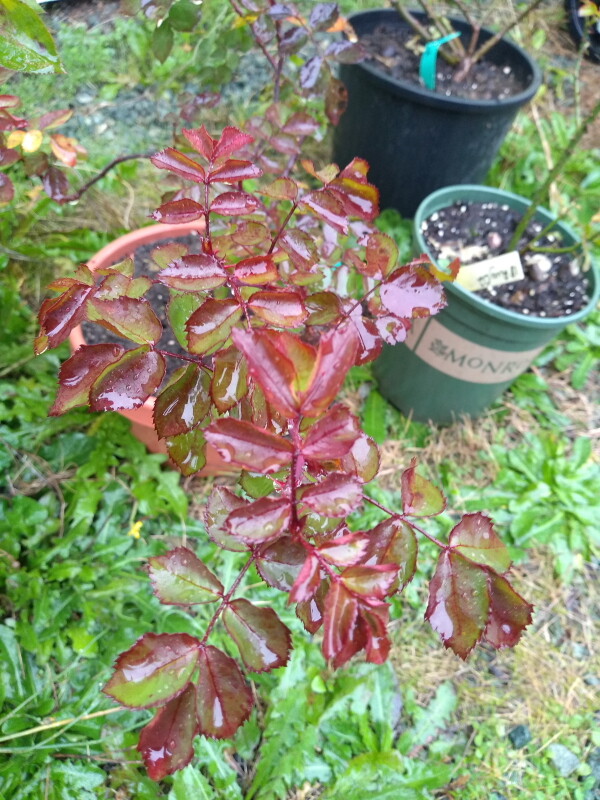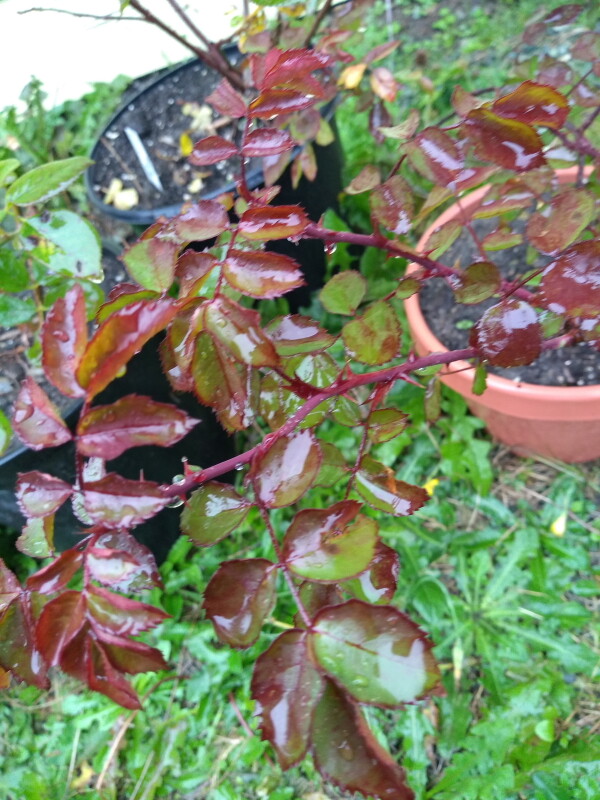Duane, I first must give the caveat that my R. virginiana and R. carolina came from Lawyer Nurseries, and look very similar to each other. My assumption is that all they’re either one or the other, but I haven’t gone to work to figure out which one it is. Therefore, when I talk about R. carolina or R. virginiana it can’t be assumed that whatever clone you end up getting of one or the other will produce identical results.
The “deserved reputation” about which I was speaking was in reference to the difficulty of using R. carolina or R. virginiana as seed parents. They seem to be reluctant to accept pollen from roses that are not closely related, genetically. Furthermore, it is difficult to determine whether any resulting seedlings are successful crosses, as they all seem to closely resemble the species seed parent. I have obtained successful crosses onto carolina/virginiana using R. centifolia, Above & Beyond, Red Dawn x Suzanne, Suzanne, Robert Erskine’s Aurora, and perhaps a few others. Doing so took a lot of effort and time, and confirms to me that R. carolina is best used as a pollen parent unless absolutely necessary.
However, I do believe that carolina/virginiana have a lot to offer cold climate breeders when used as pollen parents. Seedlings from modern x carolina crosses have a tendency of having enormous vigor, which is one of the characteristics we need when breeding modern die-back rebloomers. Too much vigor, in fact, but it is better to have too much than too little for those of us up north. While not as tip-hardy as R. woodsii or R. acicularis, for example, the carolina/virginiana species are still way hardier than modern die-back roses, and thus add hardiness while adding vigor. Additionally, their foliage characteristics combine very well with modern rose foliage. They seem to have excellent blackspot resistance and tolerance to cercospora. Mildew and rust can be an issue, but I’ve been working towards selecting healthier specimens to act as starting points.
Their tetraploid nature combines well with modern roses, but makes it difficult to regain rebloom until the third generation. After several years I am just now getting some seedlings that rebloom and have a significant portion of virginiana/carolina genetics.
I think the rose I pictured was actually BFY x [R. carolina x (Red Dawn x Suzanne)], but the BFY x CAROCENT has a similar old rose appearance. Yes, a really strong fragrance…kind of a rose-water fragrance that not everyone likes.
In terms of hardiness, that seedling represents what happens when crossing carolina/virginiana with tender modern roses. You get something that dies back to about a foot tall in this Zone 3 climate and is not able to bloom every year. We had excellent snow cover last winter, to which I attribute the fact that these BFY crosses were able to bloom this season.
